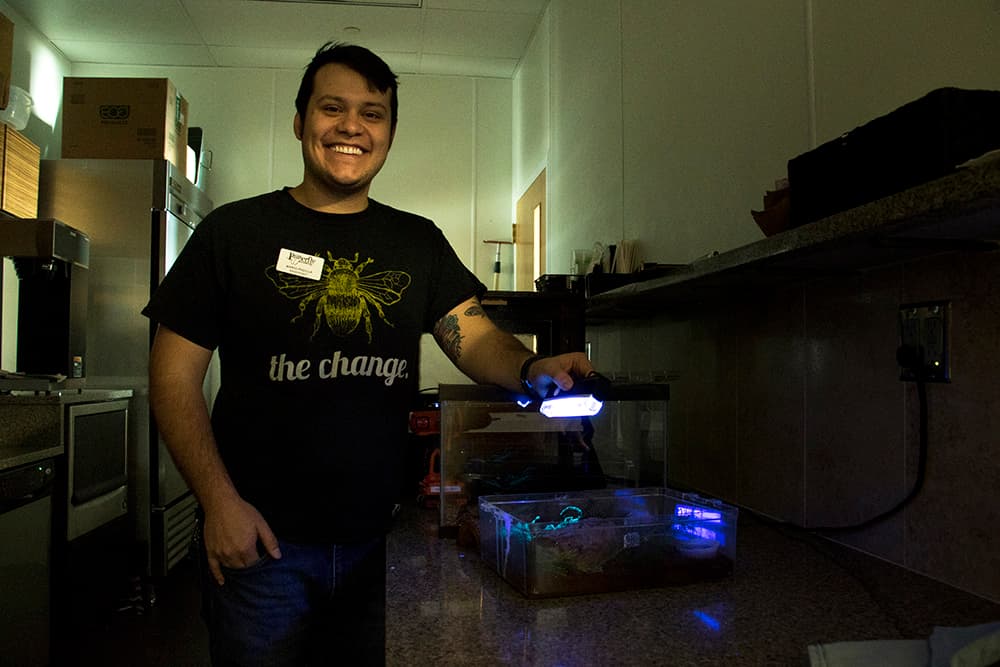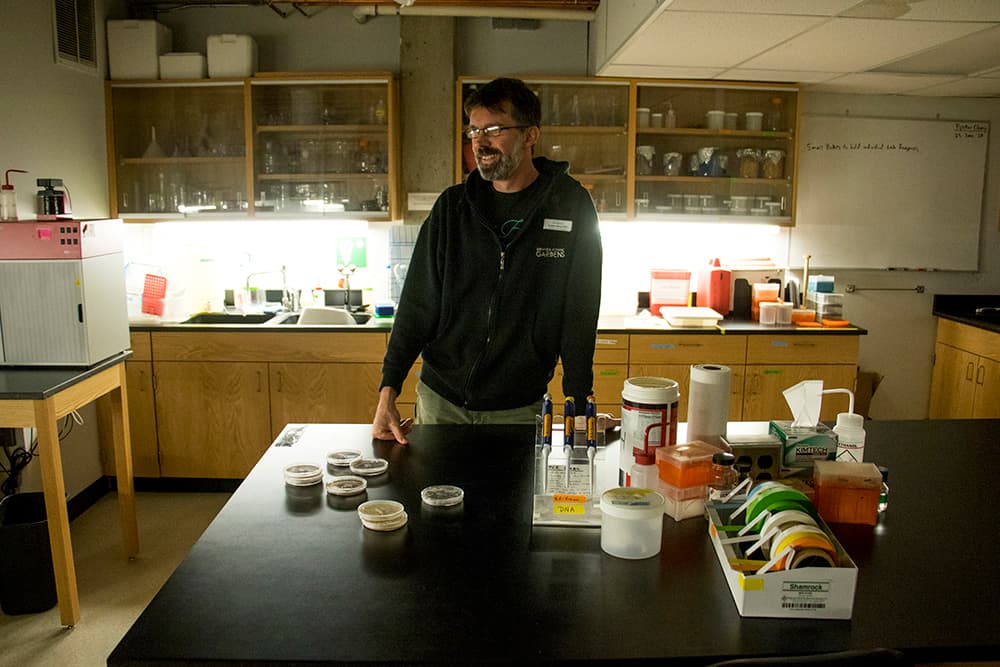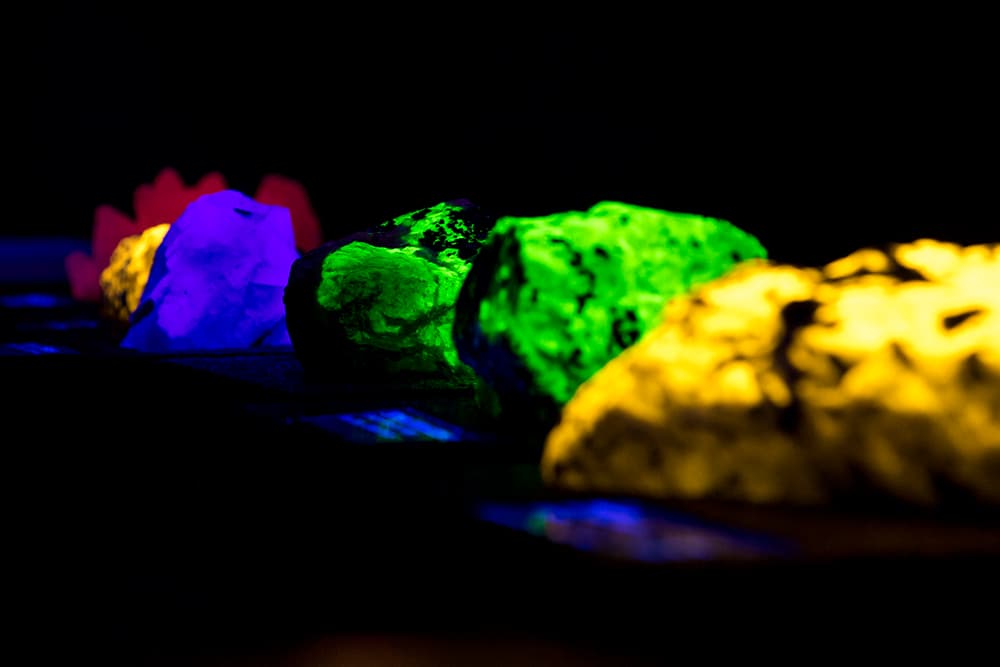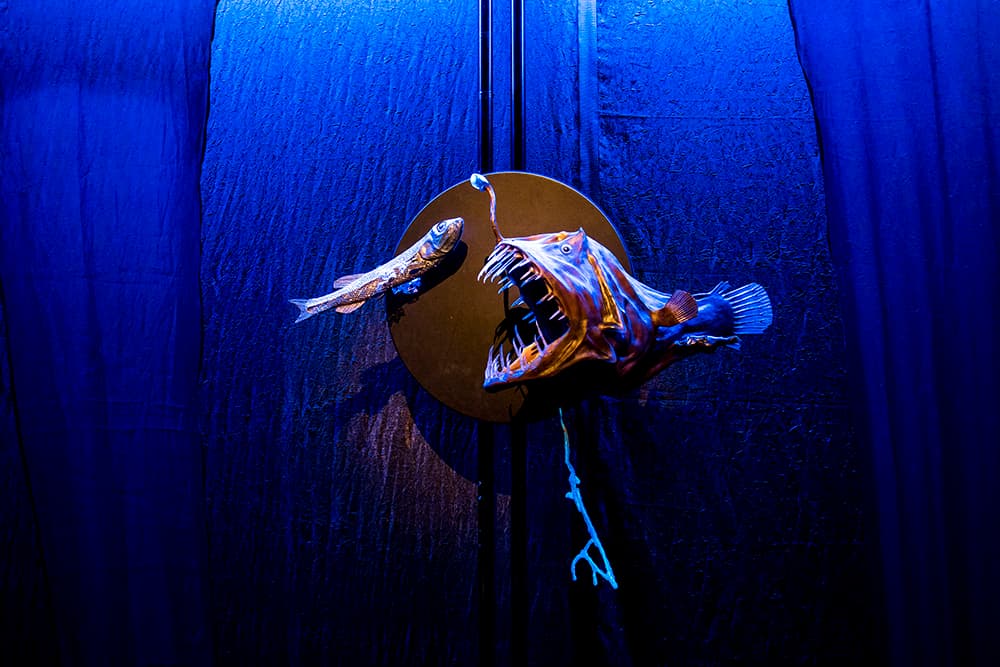
For those of us who grew up in more humid regions to the east, the memory of summer night skies filled with fireflies is tied to a deep sense of nostalgia. People who remember that fondly -- like me -- like to lament, from time to time, that we don't see that magic glow in the arid west.
If this describes you, I've got two pieces of good news: First, there are indeed fireflies in Colorado. Second, the Denver Museum of Nature and Science is gearing up for an entire exhibit centered around bioluminescence.
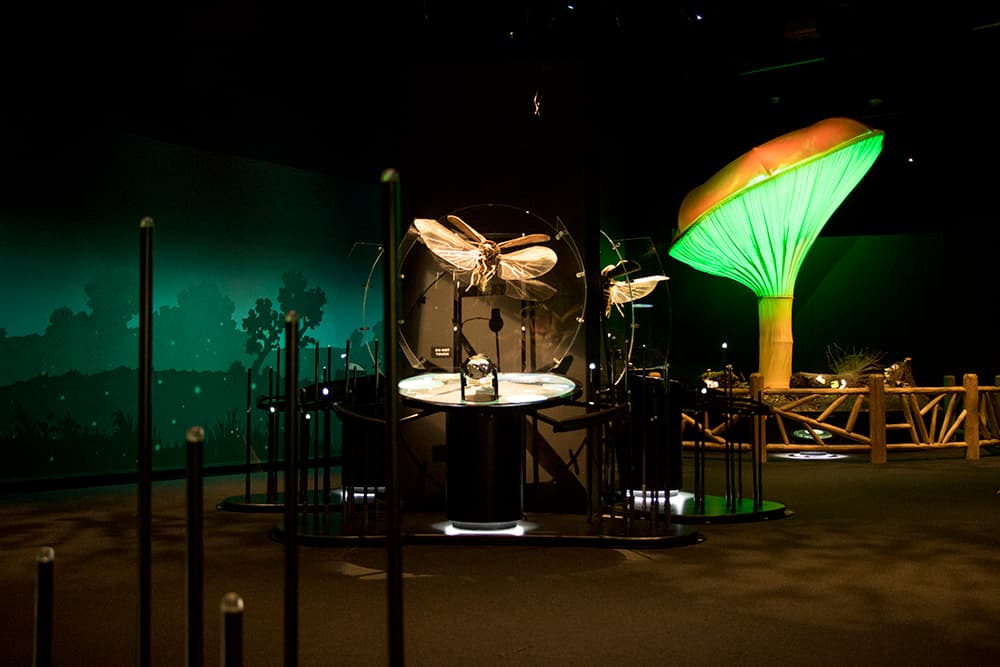
"Creatures of Light" opens at DMNS on February 23 and runs through June 10. The traveling show from the American Museum of Natural History discusses how plants and animals light up the darkness, from the woods to the deep seas.
While the show is mostly made up of models, the presence of some living specimens were made possible by a collaboration between DMNS, the Denver Botanic Gardens and the Butterfly Pavilion.
Dr. Frank Krell, the DMNS curator of entomology and one of the world's foremost dung beetle experts, said this is not the first time Denver's science-focused institutions have worked together. Having so many resources around the museum, he said, means they're able to regularly enhance their scientific storytelling.
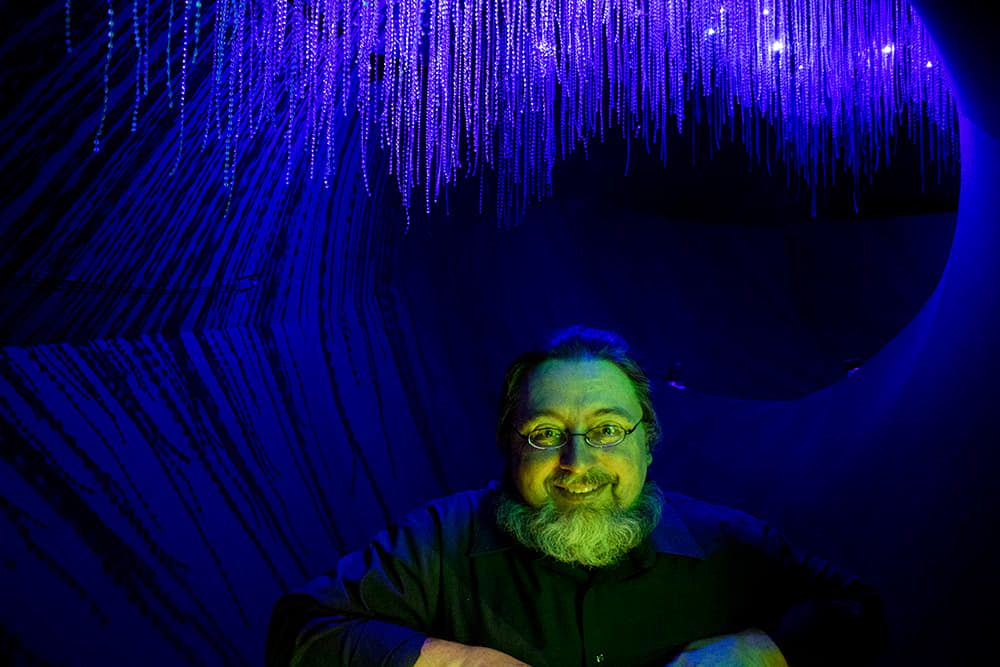
Here's a little taste of what you'll find inside:
Scorpions
Scorpions do not produce light, but they do reflect it uniquely. Mario Padilla, resident expert in crawly things at the Butterfly Pavilion, said every scorpion species glows under a black light.
Science doesn't have a definitive answer why this is, but Padilla said it's generally believed that they use their entire bodies as an eyeball as they roam around at night. While the moon doesn't make scorpions glow a striking fluorescent green like Padilla's lamp does, it's believed that faint moonlight does illuminate them enough to know whether or not they're safe under cover or if a predator is about to make a move.
The Butterfly Pavilion lent a desert hairy scorpion for the exhibit, a rare opportunity for DMNS to feature an animal that's not dead.
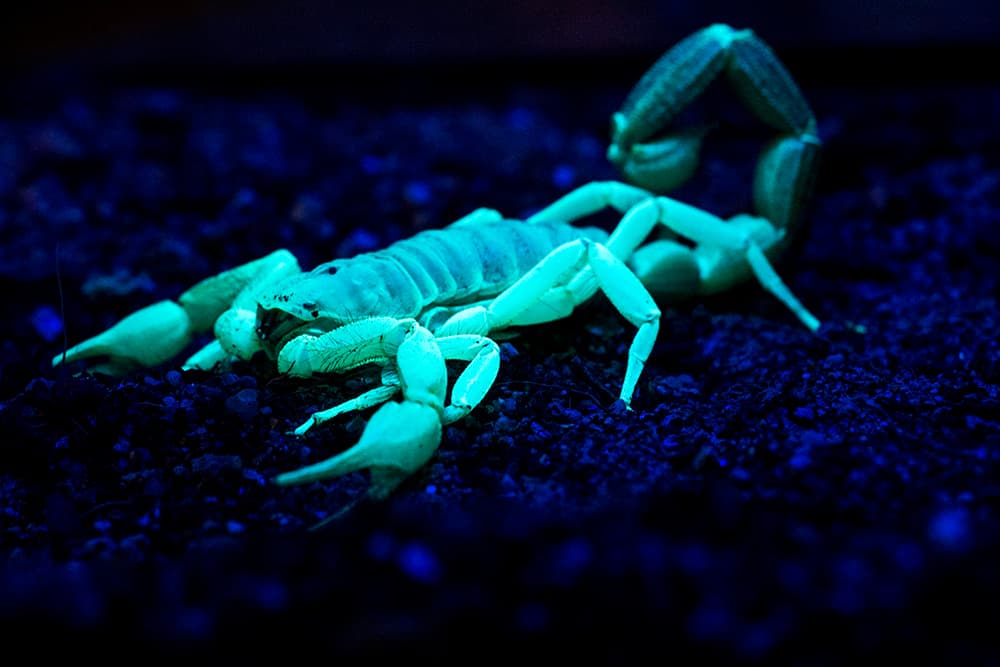
Mushrooms
Many fungi glow underground. Of those, some have fruit (known as mushrooms) that also glow. For "Creatures of Light," Denver Botanic Gardens fungus expert Dr. Andrew Wilson grew a handful of cultures to lend over.
He said that the luminance is proof that the fungus is hard at work. The glow is output from metabolic processes as it breaks down decaying plant matter. Wilson said it is believed, though not proven, that mushroom species that light up have an evolutionary advantage — the light may attract insects that help spread its spores.
The glow is fairly faint to the human eye. You should give your eyes at least 20 seconds to see it clearly. Once you do, though, it's pretty cool.
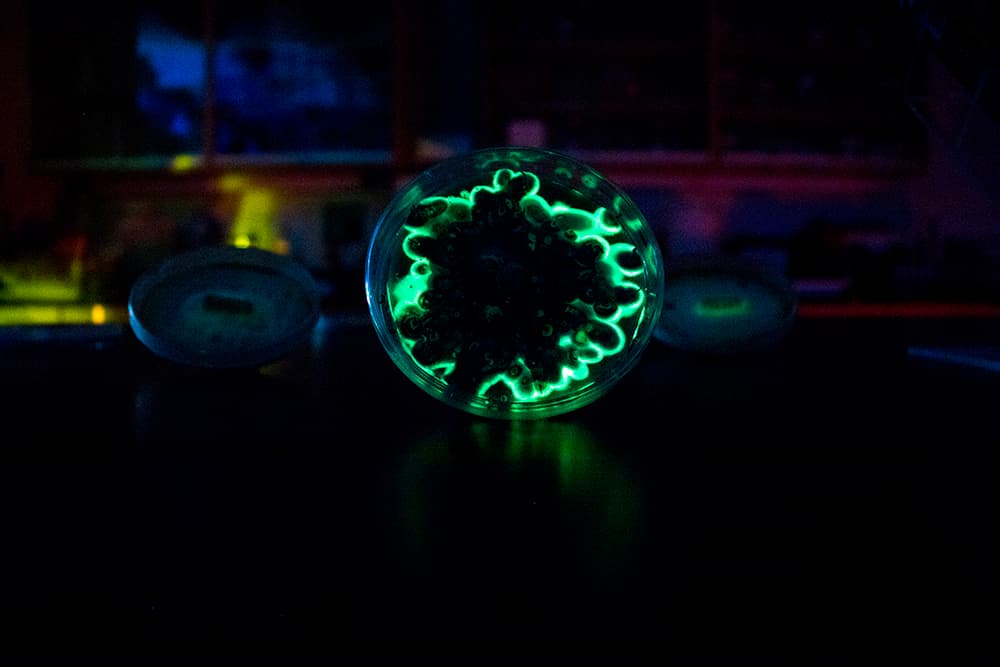
Fireflies
Fireflies are able to glow with the help of a chemical reaction at the base of their abdomens. The chemistry involved, Dr. Krell said, is "just fascinating."
Those beaming butts are a means of communication. Krell reassured us that firefly species are found in every part of Colorado -- he did the survey himself -- but most of them use chemical sensors to communicate and don't actually glow. There are glowing fireflies in Colorado, he said, but they're very rare.
To find them, he said, "you need to be lucky." Being near a body of water in the summer is also helpful.
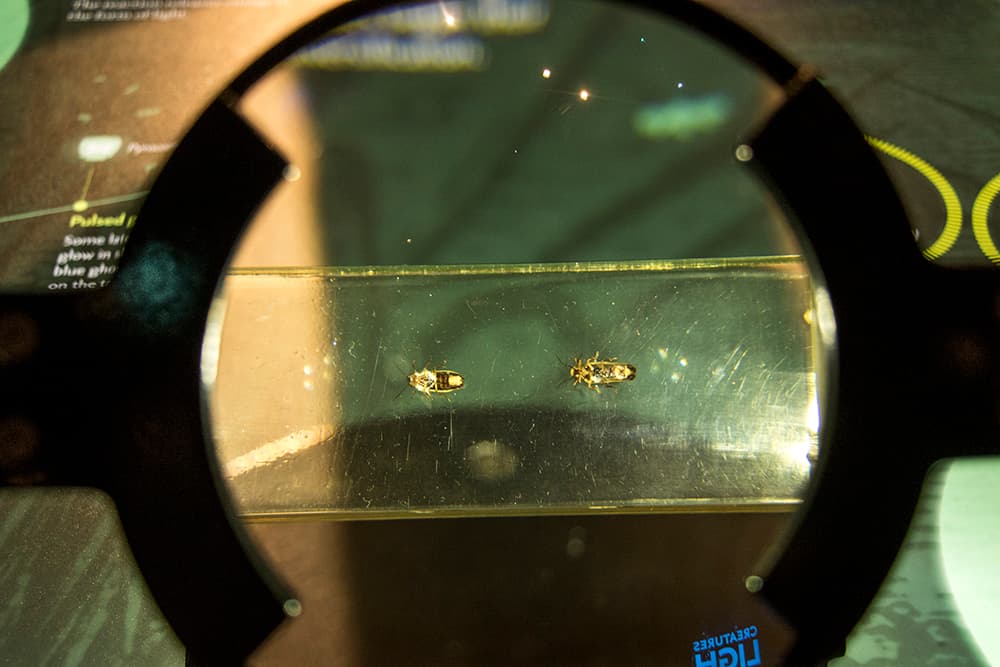
While some aspects of the science are interesting to someone with a research background like Krell, he said he just loves this exhibit because it's pretty.
"The science behind bioluminescence does not explain its enchantment away," he said in a press release. "Anyone who has seen an animal or a mushroom glow cannot help but assume it is something magical."
You can learn more about the exhibit over at DMNS' website.
